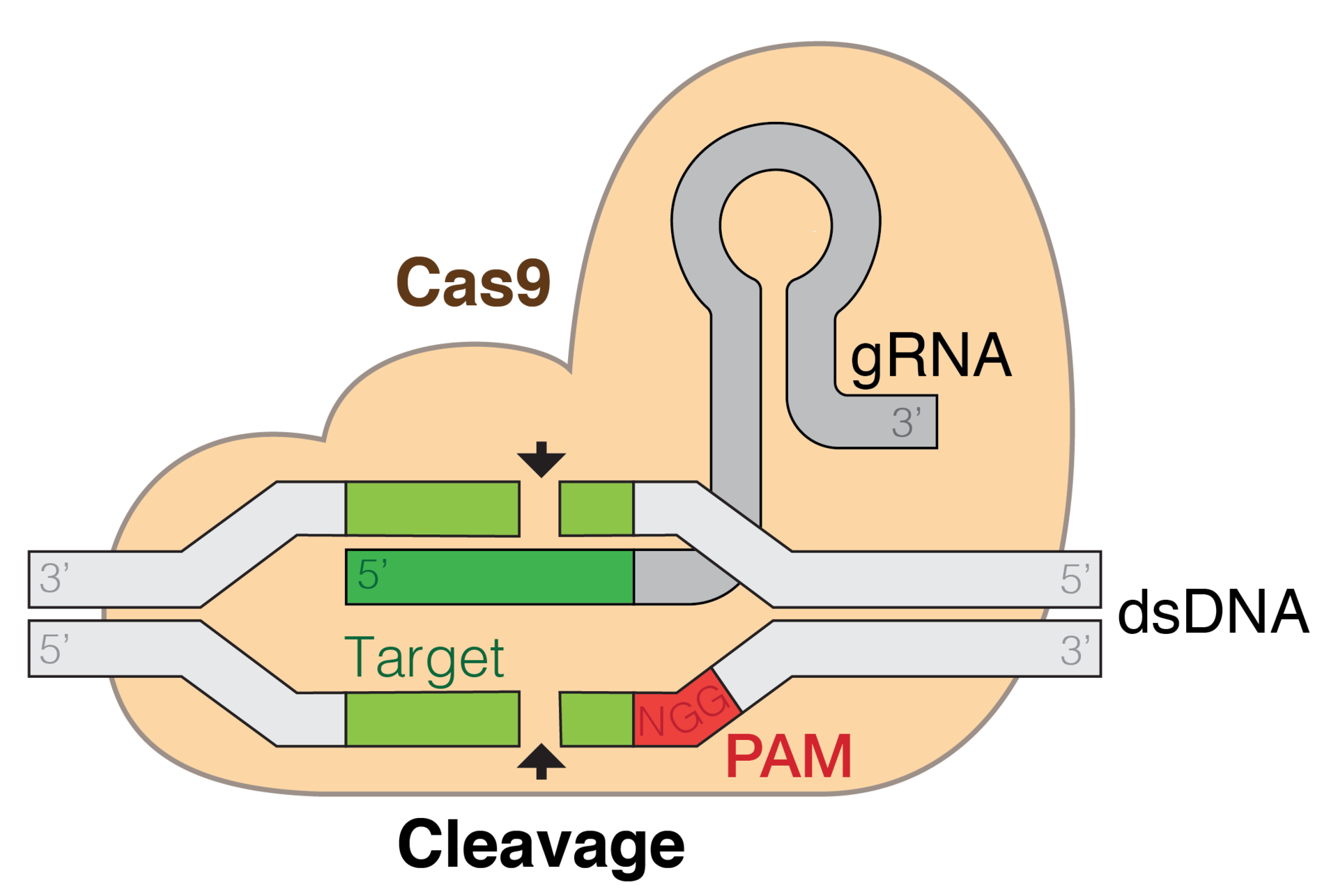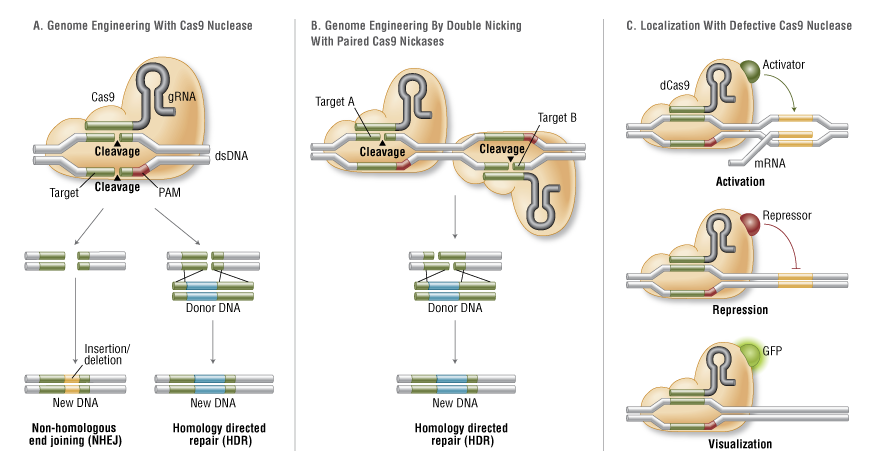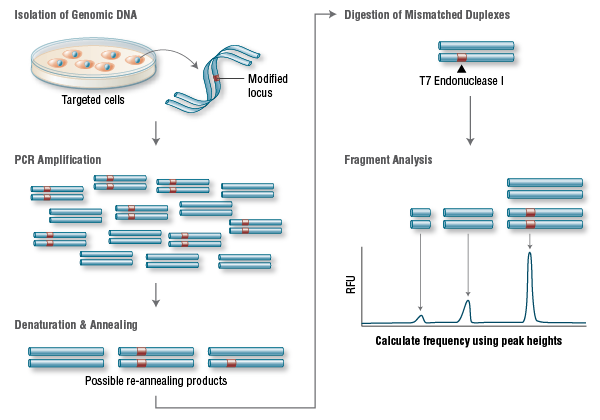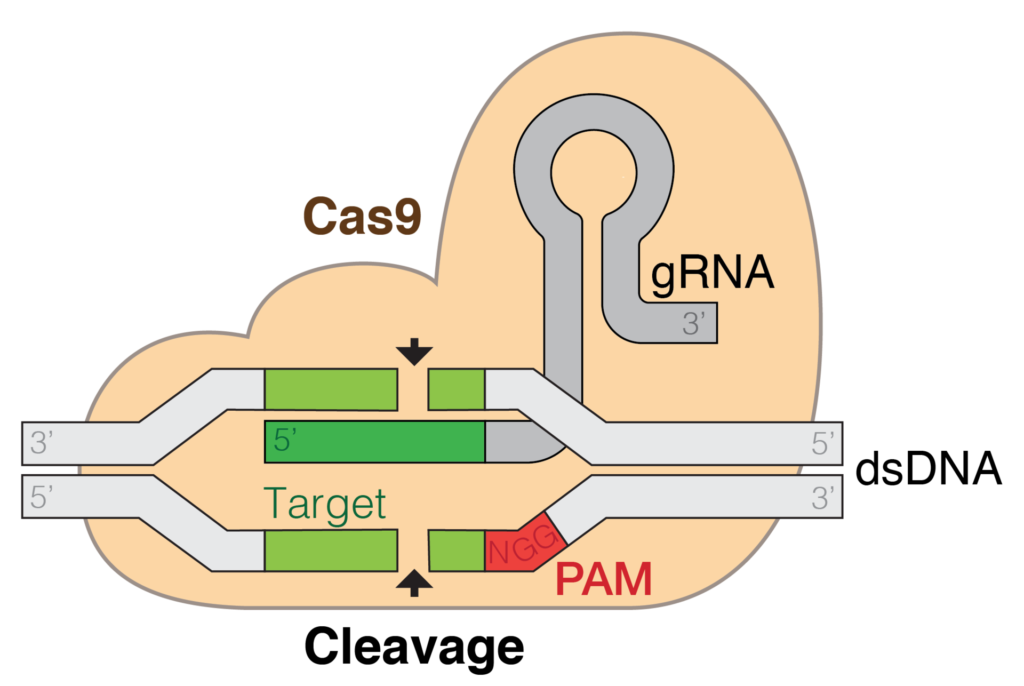In 2012, CRISPR, a scientific tool that allows editing of genes of organisms, was discovered. Recently, studies done using the technology have skyrocketed. Researchers have tried it out on both plants and animals, and even human embryos.
CRISPR has the potential to do amazing things, ranging from just growing more plants to curing genetic diseases, but it could also cause some serious harm. It’s a powerful technology that is destined to change healthcare and many aspects of life for people in the near future.
CRISPR – What is it?
CRISPR stands for Clustered Regularly Interspaced Short Palindromic Repeats, or in other words, a specialized stretch of DNA. The other part of its full name (CRISPR-Cas9) is an enzyme that acts as a pair of scissors that can cut strands of DNA. The technology as a whole is quite simple and allows for editing of genomes – researchers can easily alter DNA sequenced to modify gene function.
The inspiration for this technology comes from the natural defense mechanisms of single-celled microorganisms. When viruses and other foreign bodies attempt to attack, they use CRISPR-derived RNA and Cas proteins to cut up and destroy the DNA of the invader. These components are then interspaced among sequences of nucleotides in the CRISPR region of the DNA so that the bacteria can use them to recognize the virus if it were to attack again.
When it comes to CRISPR-Cas9 as a gene editing tool, the same mechanisms are used, only controlled by researchers. DNA sequences are changed in order to change the messages, and this is done by inserting a cut or break in the DNA and tricking the cell’s natural DNA repair mechanisms into introducing the changes wanted. In 2012, this knowledge was usewd to create the tool we have today for genome editing. It was found that Cas9 could be directed to cut any region of DNA by changing the sequence of cRNA using only a guide RNA and the Cas9 protein.
How Does it Work?
In order to use CRISPR technology, researchers design 20 nucleotide base pairs that match the gene they want to edit. Then, a complementary RNA molecule is constructed. The RNA along with the Cas9 protein will cut the DNA at that site, and the cell’s natural repair mechanisms kick in.
When repairing DNA, the cell introduces changes to the genome called mutations by either gluing the two cuts back together, or filling in the gap with a sequence of nucleotides. The former tends to cause errors, so the latter is most often used by scientists who can supply a DNA template of their choosing, which the cell will use to fill the gap. This allows researchers to write in any gene they want or correct a mutation.
Applications
CRISPR has gained popularity in recent years. It has been used in agriculture to engineer probiotic cultures and vaccinate industrial cultures against viruses, and also to improve yield, draught resistance, and nutritional properties in crops. It was used to edit human cells in an experimental setting for the first time in 2013, where it was found that it could be effective in correcting genetic defects, such as; cystic fibrosis, cataracts, and Fanconi anemia.
There is currently research being done studying how CRISPR could fix neurological diseases, and how it can be used on pigs to allow their organs to be harvested and transplanted into humans. Research is advancing at a rapid rate. Tests have been done on human embryos, and this year, there is a plan for actual testing on humans – meaning that medical treatments based on the research could reach hospitals and clinics in as little as five years. This could mean treatment for many diseases that previously never had one.
The Ethical Side of Things
But, with all the good comes concern. The rapid rate at which research is advancing has caused some worry about things spiraling out of control, because of how powerful the technology is. For one thing, changes made to embryos could impact future generations along with the technology not being completely safe yet – the limits on our knowledge of gene editing could cause unintended consequences for future generations.
According to Jennifer Doudna, CRISPR’s co-creator, is among those worried that CRISPR will move too fast for us to regulate its ethical use. Only two years after her discovery, in 2014, Chinese scientists used CRISPR to genetically engineer monkeys. If that was done so quickly, what has been done since, and how much unknown research is being done using the technology?
CRISPR Moving Forward
As the research advances, it is inevitable that conversations will have to be had about the technology and what is deemed to be ethical. Despite that, CRISPR will almost certainly bring many extremely important advances in the near future. Things that could never be done in the past are going to be able to happen, and things we cannot even think up right now are going to be possible.








